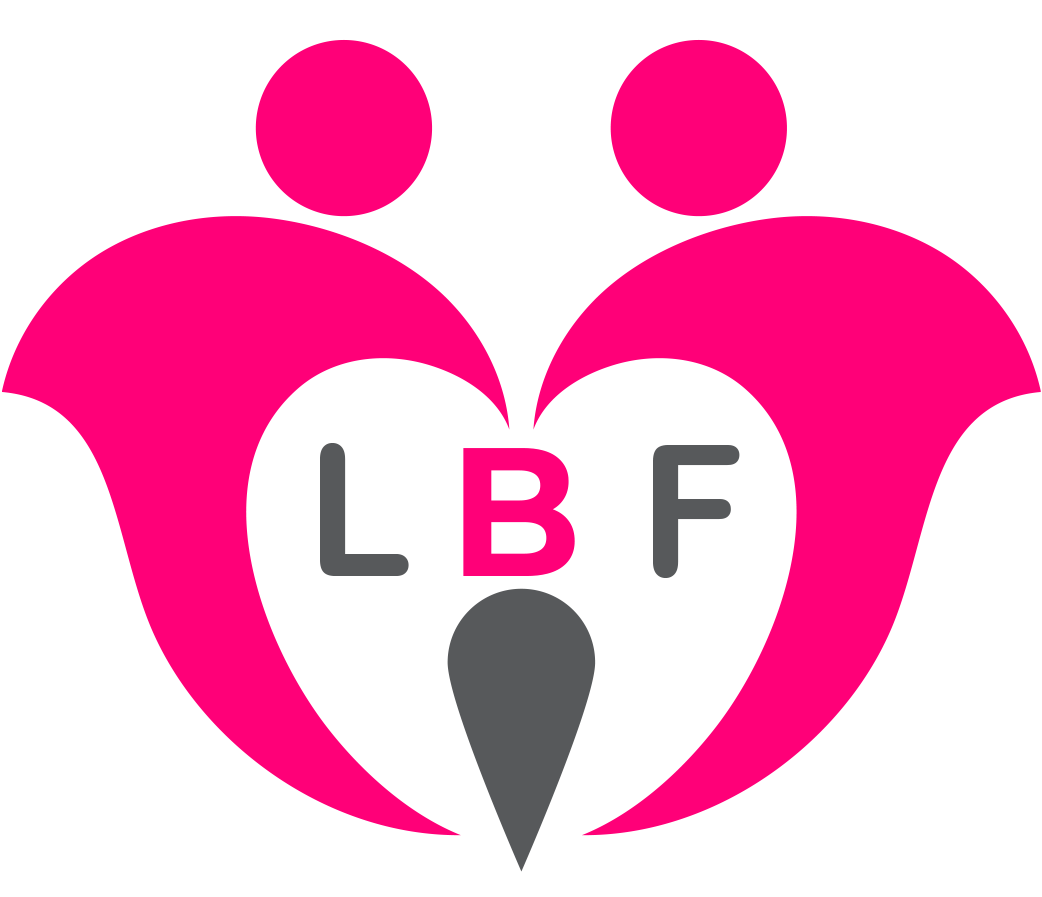Mastering Proper Latching Techniques
Understanding proper latching is fundamental for successful breastfeeding, ensuring both the mother’s comfort and the baby’s optimal nutrition. The concept of correct latching, wherein the baby’s mouth adequately covers the nipple and areola, is pivotal. Achieving a good latch means the baby’s lips should be flanged outward, and their mouth should cover a substantial portion of the areola, not just the nipple. This positioning allows effective milk extraction and reduces the likelihood of nipple soreness.
A correct latch is crucial because it facilitates adequate milk intake for the baby, which is essential for their growth and development. Moreover, it minimizes pain and discomfort for the mother, which can often discourage continued breastfeeding. Signs of an improper latch often include nipple pain, visible nipple compression lines after feeding, and the baby making clicking or smacking sounds. These indicators suggest that the baby is not effectively drawing milk, possibly leading to issues like inadequate milk intake and increased maternal discomfort.
Various problems can arise from poor latching techniques. Nipple pain is a common concern, potentially leading to cracked or bleeding nipples. Inadequate milk intake can cause the baby to become fussy, frustrated, and may impair their weight gain and overall health. It’s therefore essential to address latching issues promptly and effectively.
To achieve a proper latch, several practical techniques can be employed. First, ensure that the baby’s head and body are aligned, with their nose opposite the nipple. It’s important to wait for the baby to open their mouth wide, akin to a yawn. Gently guiding the baby’s mouth onto the breast helps ensure that a large portion of the areola is covered by their mouth rather than just the nipple. Additionally, holding the baby close, supporting their neck but allowing their head to tilt back slightly can also facilitate a better latch.
Mastering proper latching techniques requires patience and practice, but the benefits for both mother and baby make it a critical aspect of breastfeeding. By focusing on correct positioning and being attentive to signs of a good latch, mothers can significantly enhance their breastfeeding experience, fostering a strong, healthy bond with their baby.
Exploring Comfortable Breastfeeding Positions
Finding the most comfortable breastfeeding position is crucial for both mother and baby. Each position offers unique benefits and challenges, making it essential to understand and practice various techniques to discover what works best for you and your child.
The cradle hold is one of the most common breastfeeding positions. In this position, the mother cradles the baby’s head in the crook of her arm, while the baby’s body lies across her lap. The cradle hold is ideal for newborns but can sometimes cause strain on the mother’s back and shoulders. Using a maternity pillow to support the baby and maintain proper alignment can alleviate this discomfort.
The football hold, also known as the clutch hold, involves holding the baby along the side of the mother’s body, with the baby’s legs tucked under the mother’s arm. This position is particularly beneficial for mothers who have had a cesarean section, as it keeps pressure off the abdomen. It also works well for mothers with larger breasts and for premature babies who need better head support.
The side-lying position allows the mother and baby to lie down facing each other. This position can be incredibly restful, especially during nighttime feedings. However, mothers should ensure proper alignment to prevent any strain on the shoulders and neck. Placing pillows behind the mother’s back and under her head can help maintain comfort and stability.
Less common positions like the laid-back breastfeeding or biological nurturing position involve the mother reclining comfortably, allowing the baby to latch naturally. Gravity aids in ensuring a proper latch, and the mother can use pillows for additional support. This position encourages a relaxed atmosphere and can be helpful in nursing immediately after birth.
The cross-cradle hold, similar to the cradle hold, involves supporting the baby’s head with the opposite arm, providing better control of the baby’s head for newborns who need assistance latching.
In conclusion, it’s essential for mothers to explore and switch between breastfeeding positions to find what’s most comfortable as they and their baby grow. Using pillows or supportive tools can alleviate back and neck strain and promote a positive breastfeeding experience. Adaptability and frequent adjustments can significantly contribute to a successful and comfortable breastfeeding journey.
